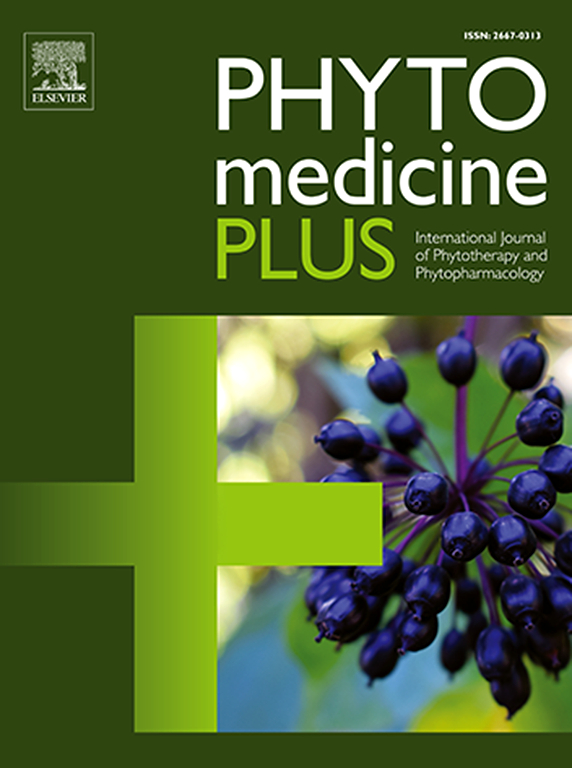Anxiety behavior in adult Zebrafish modulated by the alkaloid fraction of Cissampelos sympodialis Eichl. roots
Q3 Pharmacology, Toxicology and Pharmaceutics
引用次数: 0
Abstract
Cissampelos sympodialis (Menispermaceae), a species endemic to Brazil, it is used in folk medicine to treat inflammation and respiratory disorders. These activities are probably associated with the presence of alkaloids in the plant. This study aims to investigate the effect of the alkaloid fraction of C. sympodialis (FARCs) on anxiety behavior in adult zebrafish. Locomotor activity was evaluated using the open field test and acute toxicity was analyzed within 96 h. The light and dark tests were applied for anxiolytic evaluation. Berberine (BRB) quantification was performed in FARCs, through spectrophotometry. GABAergic neuromodulation was evaluated, and molecular docking was performed. FARCs was not toxic to adult zebrafish, all doses indicated a sedative effect, also caused anxiolytic behavior in animals. The anxiety mechanism via GABAergic neurotransmission was confirmed. It was observed that the BRB corresponds to the majority of the composition of the FARCs. Molecular docking showed that BRB can exert neuromodulatory function on GABA receptors with safety and metabolic stability. The study indicated that FARCs exhibit an anxiolytic effect on animals without showing toxicity. Quantitative analysis determined for the first time in the species the presence of BRB. Molecular docking indicated that berberine constitutes a promising active principle in neuromodulation.

求助全文
约1分钟内获得全文
求助全文
来源期刊

Phytomedicine Plus
Medicine-Complementary and Alternative Medicine
CiteScore
3.70
自引率
0.00%
发文量
178
审稿时长
81 days
期刊介绍:
 求助内容:
求助内容: 应助结果提醒方式:
应助结果提醒方式:


